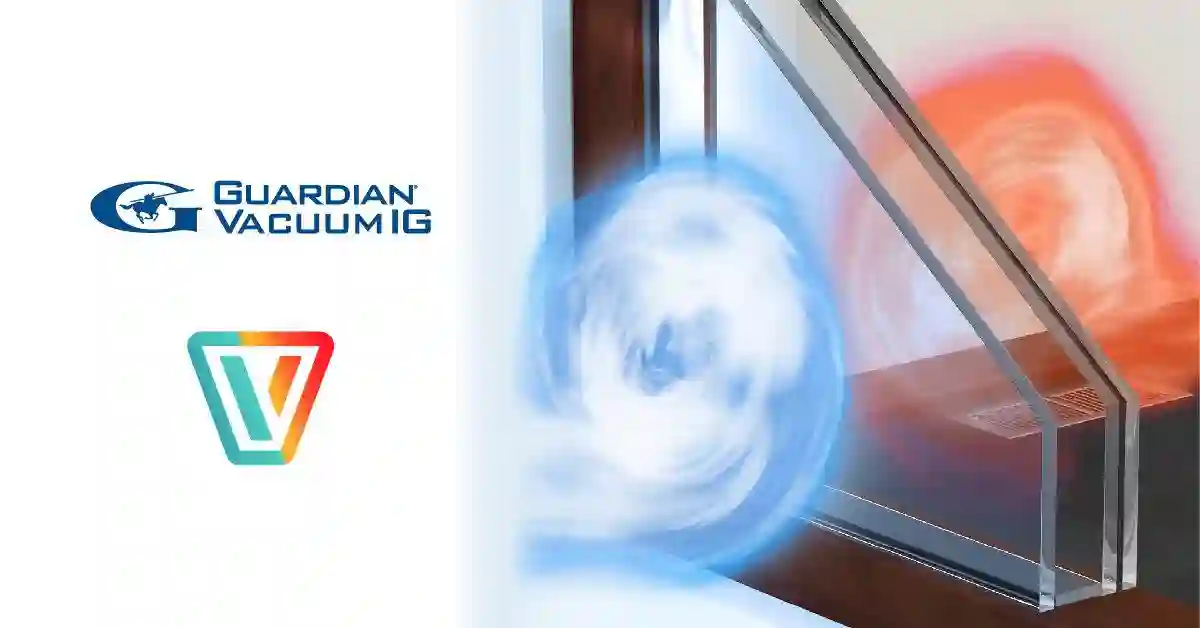
Advantages And Disadvantages Of Vacuum Glazing
- Home Improvement
- December 18, 2022
- No Comment
- 391
Compared to double glazing, vacuum glazing carries some advantages, but there are also some disadvantages. Its main advantage is that it allows for a more open feeling, while its disadvantage is that it can increase energy bills.
Secondary Glazing
Unlike double glazing, which requires a team of labourers to install, secondary glazing is a simple do-it-yourself project. It involves placing a second window behind the existing one, so that it is not visible from the outside. Aside from providing better insulation, secondary glazing is also a great way to reduce noise. By installing an additional layer of glass on the inside of the window, you can block out the sound of traffic and other background noise.
Compared to double glazing, secondary glazing is cheaper. This is because it is not required to replace the entire window. It can be installed quickly and easily. It can also help you to save money on your energy bills. It is also worth noting that secondary glazing is less messy than the traditional method of installing a new window. It is also harder to break into.
Vacuum glazing VS double glazingis that it can help you improve your home’s security. It can also help to keep your windows looking the same. It can make your home cooler in the summer and warmer in the winter. It is important to remember that secondary glazing is only for good frames. It is not a good idea to put it on a window that has wooden frames. It will also not do much for damp and damp related problems.
Low-emittance Coating Reduces Radiation Heat Transfer
Using low-emittance coatings on double glazing is an effective way to reduce radiation heat transfer through windows. This reduces the U-value of the glass, which increases energy efficiency in winter. Low E glass is also effective at blocking UV radiation. UV light is harmful to carpets, fittings, and fabric. The difference between VIG and IGU rays cannot be seen by humans. However, they can bleach carpets and furnishings.
If you live in a cold climate, a low E glass can help you create a cool indoor summer environment. This reduces condensation and decreases the risk of cold draughts. A low E coated glass can help you achieve lower energy costs while improving your living comfort. Low E coatings are typically applied to the inner surface of the inner pane of a double glazed window. Depending on the type of low E coating, it can reflect solar energy, ultraviolet light, or both. Some coatings can have an optical-filtering effect, which reduces the amount of visible light that passes through the glass.
There are two types of low e coatings: online and offline. The online coating is more stable and has a lower U-value. The offline coating is less stable and oxidizes easily. These two coatings are commonly used in the UK market. Whether you are installing low e coatings to improve the thermal performance of your home or a commercial building, they can help you meet energy code requirements.
Hybrid Glazing Reduces Overall Thermal Conductance
Using a low-e coating to reduce the radiative heat flow across the glass surface is a great way to improve thermal performance. The amount of energy that can be saved depends on the size and thickness of the glass. Typically, the coating costs about 10% to 15% more than a regular window. Another good way to reduce the U-value of a window is to use a warm edge spacer. The spacer is an insulator that prevents moisture from entering the glass. It also minimizes the transfer of heat through the edges of the glass. Adding an extra low-e coating to the edges of the glass increases its thermal performance. This will be discussed in the next section.
Various studies have been conducted to improve the thermal performance of the glazing system. These include the use of smart glass, phase change materials and multilayer glass. These are all useful in improving the overall performance of the unit. However, the most important factor is glazing itself. This is due to its effect on the total heat transfer and resulting energy savings. The European Committee for Standardization has published an ISO 10077-1, which lists the thermal performance of various materials. It is not possible to apply all of the listed material types at the same time to increase the thermal performance of the system.
Conclusion
So, vacuum glazing is a new type of glass that improves energy efficiency. It uses thinner glass to reduce weight and creates a small cavity for thermal insulation. It is also a good choice for retrofit applications.
